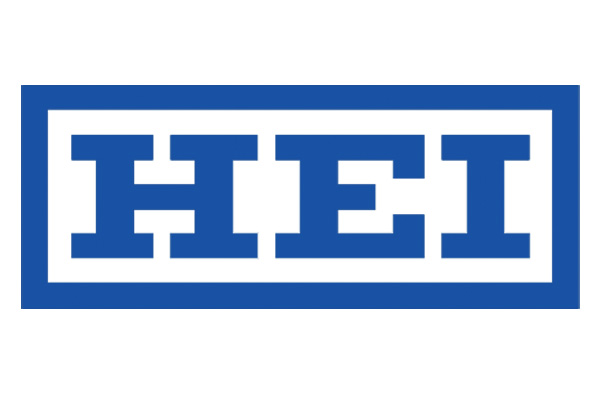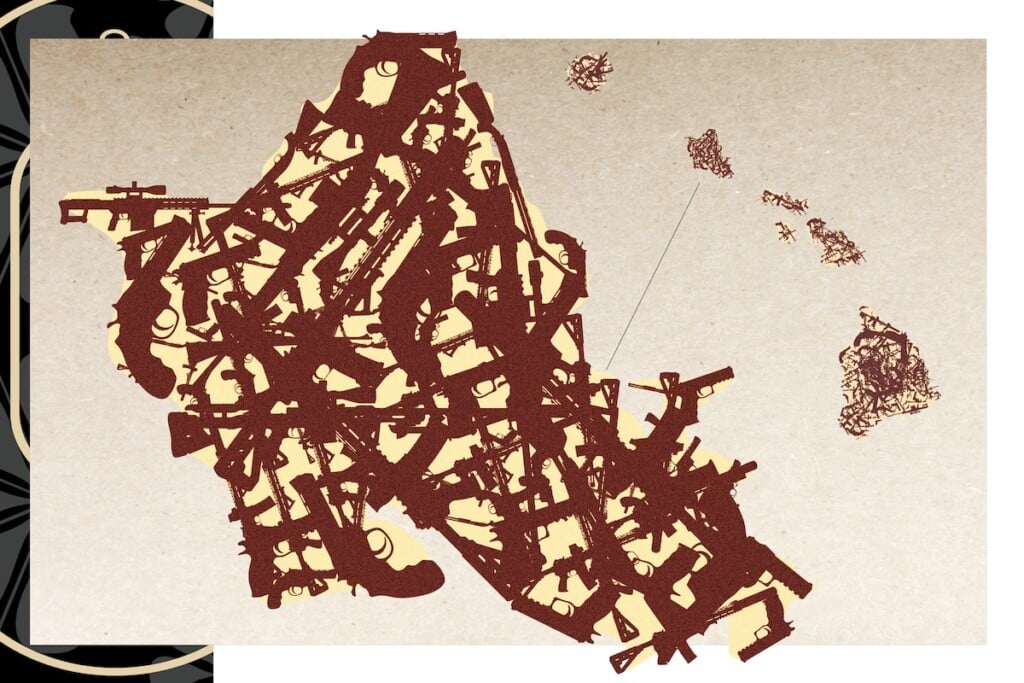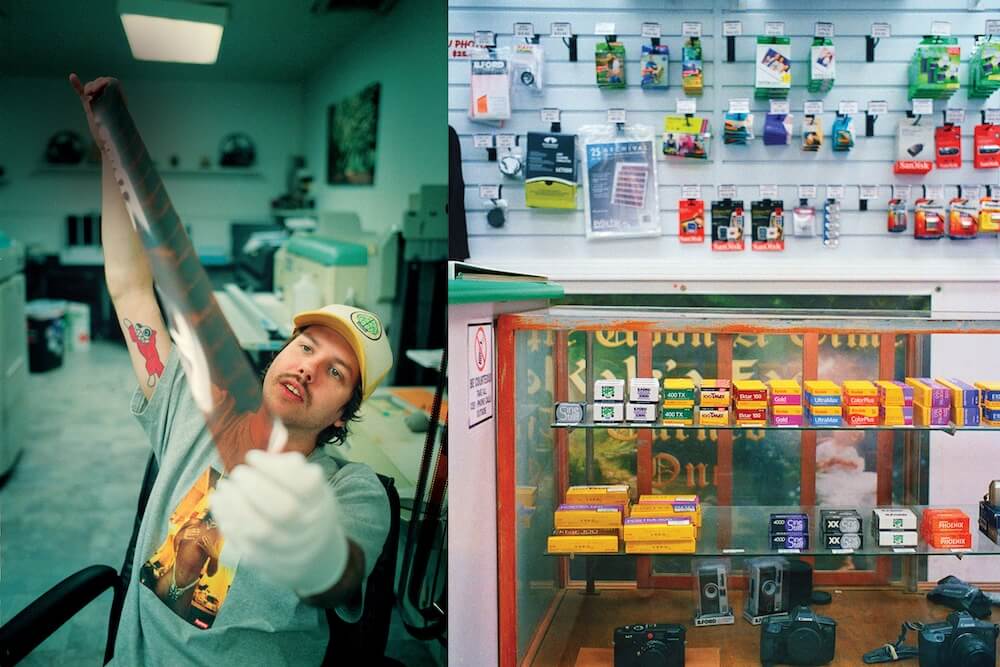Paying Out More than It Earns for Years

Hawaiian electric industries has maintained the remarkable record of paying dividends to shareholders for more than 100 years.
But, lately, there’s something else that people may find remarkable. For the past three-and-a-half years, HEI has paid more in dividends than it has earned in profits.
A review of HEI’s dividend payout shows the company earned $1.03 per share in 2007, but paid out $1.24 in dividends to holders of its common stock.
The amount of dividends compared to profit per share is sometimes called the dividend payout ratio. HEI’s ratio worked out to 120 percent in 2007.
Similar payouts occurred in the following two years, with the Honolulu-based company’s $1.24 annual dividend topping earnings per share in 2008 and 2009.
Through the first six months of 2010, HEI has had a similar record of paying out more than it has earned in profits.
What gives? Is HEI the equivalent of someone who spends more than he earns?
It turns out HEI isn’t so unusual; other U.S. utilities did the same thing during the recent recession. Utilities generally fall into a class of income stocks whose returns from dividends are highly valued.
Unitil Corp., a utility serving parts of New Hampshire, Maine and Massachusetts, paid out dividends that were twice its per-share earnings last year. Pepco Holdings, the company providing power to Washington, D.C., and three surrounding states, had a dividend payout ratio of more than 100 percent last year, as did Empire District Electric Co., a Missouri-based utility operating in four states.
The practice isn’t limited to utilities and other Hawaii companies have made similar payouts in the past. For 2009, Alexander & Baldwin Inc. paid $52 million in dividends; its net income that year totaled $44.2 million.
Central Pacific Financial Corp., parent company of Central Pacific Bank, paid a dividend of 70 cents per share in 2008, a year in which it lost $4.83 per share.
HEI’s board of directors weighs dividend payments every quarter, taking into account a number of factors, including how its payment may affect HEI’s stock price, the company’s ongoing earnings capacity, cash flow, the business cycle and other factors, says Shelee M.T. Kimura, HEI manager of investor relations.
“We have always recognized the importance of our dividend to shareholders and its impact on long-term shareholder value,” Kimura notes. HEI has paid a $1.24 per share annual dividend since 1998.
“There’s a value in the stability and continuity of the dividend,” Kimura says.
Translation: Companies that reduce dividend payments most likely will see their stock prices decline.
Eric Mais, chairman of the Financial Economics and Institutions Department at the Shidler College of Business at the University of Hawaii-Manoa, says dividends can be used to telegraph a company’s confidence in its future.
“They’re trying to signal that they’re going to be profitable in the long run,” Mais says. “In years they have low earnings, they are hesitant to lower their dividends.”
Companies that lower their dividends set off alarm bells for investors and Wall Street analysts. If HEI did so, its stock price would likely drop, Kimura says, “which isn’t good for our shareholders in the long-term.” Keeping the stock price high also helps when it comes to raising money through share sales.
However, the strategy of stable dividends didn’t prevent the price of HEI shares from diving along with most of the stock market in 2009. HEI went from a high of $28.82 on Sept. 26, 2008, to a low of $12.45 on March 13, 2009, according to Google Finance. For the past six months, the stock has been more stable: trading between $21 and $25.
“They’re trying to signal that they’re going to be profitable in the long run. In years they have low earnings, they are hesitant to lower their dividends.” — Eric Mais, chairman of Financial Economics and Institutions, Shidler College of Business at the University of Hawaii
HEI’s Hawaiian Electric Co. is facing a utility-upgrade bill of more than $1 billion, some of which will be funded by selling equity and some by issuing debt.
Mais says some companies are willing to maintain dividends to the point of selling assets or borrowing money to make the payments. In Central Pacific’s case, the board of directors voted to end dividend payouts when the company faced further financial difficulties in 2009.
In HEI’s case, the cash it actually pays out is lowered by the number of stockholders electing to receive payments in the form of stock through its dividend reinvestment program. The cash payments can be funded through any combination of sources, including profits, share sales or short-term borrowings.
HEI is scheduled to report third-quarter earnings at the beginning of November. In the second quarter, profits of 31 cents a share were equal to its 31 cents a share dividend.






